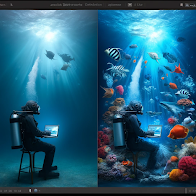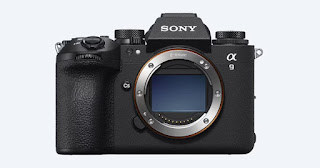Essential Tips for Maintaining and Protecting Underwater Camera Gear

Introduction: Taking great photos underwater can be incredibly rewarding, but it also comes with its own set of challenges. It requires specialized equipment and careful maintenance. Whether you're using a big system with an SLR or mirrorless camera, a medium system like SeaLife, Olympus, or compact cameras, or even a cellphone in housing, it's important to take proper care of your gear to ensure it lasts and performs well. In this guide, you'll find essential tips for maintaining and safeguarding your underwater camera, housing, strobes, lights, strobe arms, and cables, tailored to different system sizes. Large Systems (SLRs & Mirrorless) 1. Housing Maintenance Post-Dive Rinse: Immediately after each dive, rinse the housing thoroughly with fresh water to remove salt and debris. Pay special attention to buttons and O-rings. Soaking: Soak the housing in fresh water for at least 15 minutes after every dive trip. This helps dissolve salt cr


